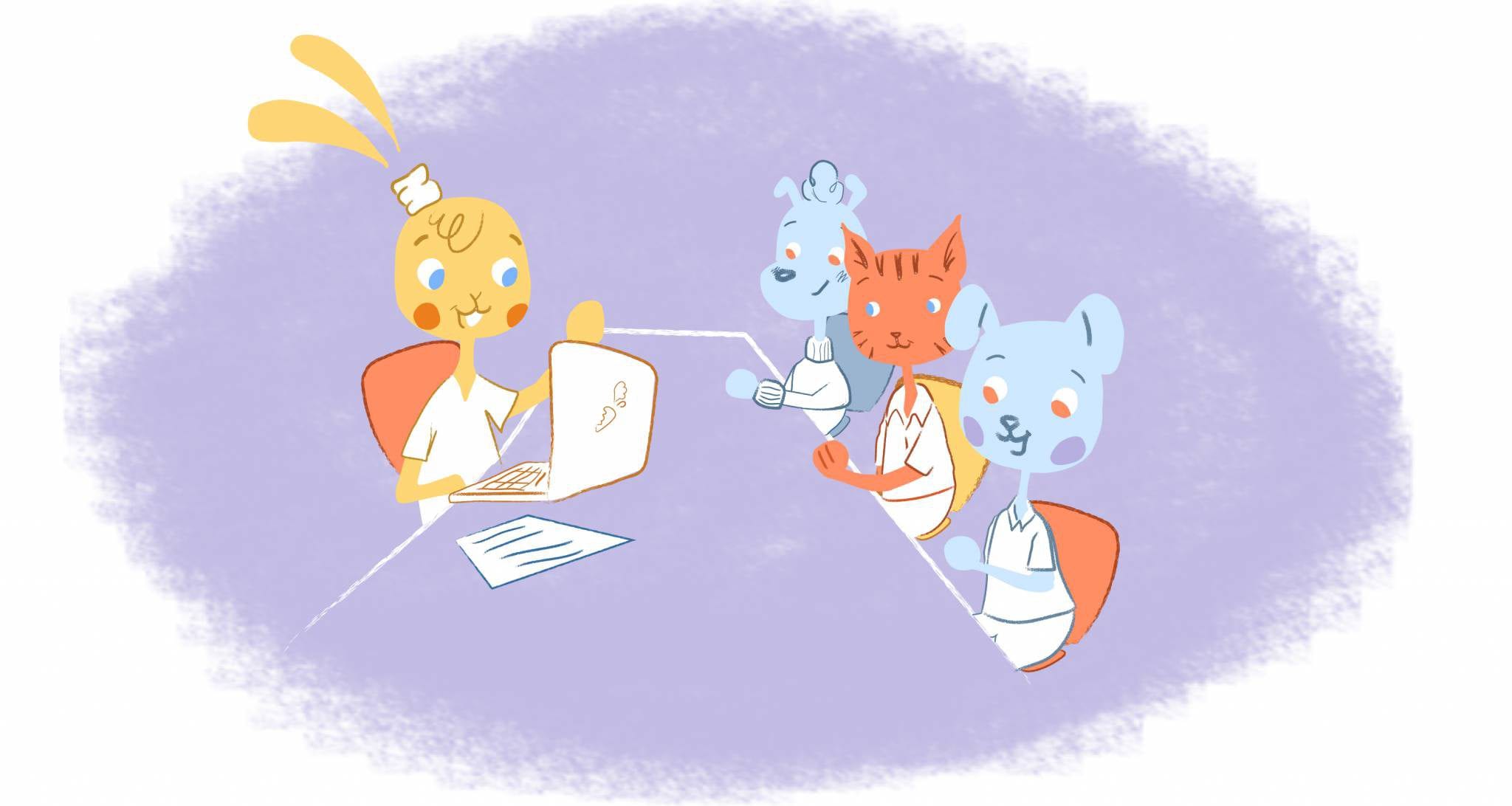

If you want your organization to function more efficiently, you need to be able to identify and eliminate sources of time waste. The problem is that many organizational leaders don’t know where to begin, and some sources of time waste are notoriously difficult to perceive.
What are the biggest sources of time waste in an organization, and how do you eliminate them?
Network Downtime
If your computer network isn’t up and running, your employees won’t be able to do their jobs. Every second of downtime your organization experiences will probably be correlated with a measurable economic loss.
Fortunately, it’s relatively easy to mitigate the effects of network downtime so you can keep your employees as productive as possible regarding your computer network.
Use network monitoring software.
Today’s network monitoring technology makes it easier for organizations to visualize, plan, and monitor their computer networks. You can quickly identify potential weaknesses and vulnerabilities and make upgrades and changes as necessary to keep your network running smoothly. If and when you experience downtime, this software should also allow you to identify root causes quickly to get the network up and running in record time.
Focus on prevention.
In your IT team, you should prioritize prevention over reaction. It’s much more effective to try and prevent network downtime from happening than it is to scramble every time your network goes down simply.
Create a response team.
That said, creating a response team that can address network problems when they arise is still essential. No matter how carefully you plan and monitor your network, downtime can still rob your organization of critical hours of productive work.
Other Tech Limitations
You should also be mindful of how other tech limitations can impact time waste in your organization. If your employees don’t have access to the tech tools they need to do their jobs effectively, they’ll spend far more time than necessary on those tasks.
Be mindful of your tech stack.
Always be mindful of your entire tech stack. Everything, from the laptops your employees use to the cloud services you employ to keep your network active, affects how much time employees spend on various tasks. Even something simple like an unreliable cloud service or an old laptop can waste hours of collective time.
Take employee feedback seriously.
Employee feedback is an indispensable resource for improving your organization — and in many ways. If there’s a tech tool your employees need to be effective, or if there’s a current piece of technology that isn’t performing adequately, employees should be in a position to flag the problem and get it addressed.
Act quickly.
When you know your organization’s tech issues or limitations, act quickly. The faster you get your tech stack running optimally, the sooner you’ll stop the hemorrhaging time waste.
Meetings and Presentations
Many organizations spend far too much time in meetings and unnecessary presentations. While meetings and presentations can be valuable, they sometimes use a disproportionate amount of time. These are just some of the ways that you can reduce or eliminate the time wasted in your meetings and presentations:
Reduce frequency.
Do you really need to have a standing meeting every day? Do you need a presentation every week? Simply reducing the frequency of meetings and presentations can go a long way in saving you time.
Reduce length.
Similarly, you can cut time waste by reducing the length of your meetings and presentations. Interestingly, meetings tend to be as productive and effective with artificially constrained time limits. That’s because stricter time limits force people to be more concise and focused in their presentations.
Limit participants.
It’s also a good idea to limit participants. Including as many people as possible in meetings and presentations is tempting, but if there’s any time wasted, additional participants multiply the total time wasted.
Have a plan.
Make sure that every meeting and presentation has a plan and a formal agenda. Otherwise, it’s too easy for the conversation to go off the rails. It’s also wise to have a point person in charge of the meeting so they can intervene if the conversation deviates from the plan.
Unclear Responsibilities
Your organization may also waste time due to unclear or overlapping responsibilities. If one of your team members doesn’t know what they’re supposed to be doing, they may waste time on unnecessary priorities or tasks being handled elsewhere.
These are some of the best ways to mitigate issues in this category:
Develop a clear organizational chart.
A clear organizational chart can help everyone understand their position in the company and how it relates to other positions. It also establishes a hierarchy for reporting, so every team member can turn to a supervisor when they have questions or ambiguities to clarify.
Designate clear responsibilities.
Make sure everyone knows exactly what their responsibilities are. Try to turn this into a formal, concrete list so there can be no question.
Prioritize tasks and obligations.
Supervisors, project managers, and team leaders should prioritize tasks and obligations proactively. If someone doesn’t know what they should be working on or why, that’s a failure of leadership.
Work with employees proactively.
Learn to identify the signs that someone isn’t clear on what they’re supposed to be doing and intervene whenever necessary. Err on the side of overcommunicating to minimize the possibility of employees not knowing what’s happening.
Poor Communication
Time waste is also a byproduct of poor communication. If your employees spend too much time on unnecessary communications or don’t express themselves clearly enough, conveying even simple ideas will take much more time. Even worse, unclear and inefficient communication can lead to misunderstandings and mistakes, costing you even more time.
These are some of the best solutions:
Use multiple channels and systems.
Make sure your employees have access to many different channels and communication systems. This way, they can always use the right tool for the job based on the matter’s context, urgency, and status.
Provide education and training.
Don’t assume that all your employees already know the hallmarks of effective communication. It’s better to assume that your employees have no idea how to communicate. Provide them with education and training to be clear, concise communicators.
Identify and correct individual issues.
Some of your team members will be better communicators than others. If you notice communication issues stemming from specific individuals, consider pulling them aside privately and explaining what they could do differently.
Multitasking
Multitasking rarely works. For most people, multitasking simply means doing two or more tasks at super-low efficiency. Multitasking is perhaps most common during meetings and other relatively low-stakes responsibilities, but it should be strongly discouraged even in these contexts. Ensure your employees know the importance of focusing on one task at a time.
Interruptions and Distractions
It takes up to 23 minutes to fully recover from a distraction. If you’ve been interrupted while focused on an important project, you can probably feel this in your bones. Even the most minor interruptions and distractions can compromise your productivity, causing you to waste time while simultaneously provoking frustration.
So, what steps can you take as an organizational leader to prevent interruptions and distractions?
Set heads-down time.
At the organizational or departmental level, set heads-down time. In other words, schedule blocks of time throughout the day when people aren’t allowed to meet, communicate, or otherwise interrupt or distract each other. These blocks of time don’t have to be long or oppressive, but they should give employees a meaningful time when they can work uninterrupted.
Discourage unnecessary drive-bys.
In an organization that works in person, “drive-bys” are common. In other words, people walk by other people’s desks incidentally and use them to ask questions, make small talk, or even briefly collaborate. While collaboration and communication should certainly be encouraged, interrupting people while they work should be discouraged.
Guide employees in eliminating their own distractions.
You should also provide education, training, and resources to employees to help them eliminate their own distractions. Many employees will struggle with social media, distracting websites, and personal projects. Time limits, app controls, time management, and other strategies can help them overcome these potential interruptions.
This is not a comprehensive list of all the possible points of time waste within an organization. However, it’s a great place to start. If you can address all these problematic areas of time waste, your organization will flow much more productively and help you achieve your goals.
Featured Image Credit: Photo by Anna Shvets; Pexels; Thank you.











Deanna Ritchie
Editor-in-Chief at Calendar. Former Editor-in-Chief, ReadWrite, Editor-in-Chief and writer at Startup Grind. Freelance editor at Entrepreneur.com. Deanna loves to help build startups, and guide them to discover the business value of their online content and social media marketing.